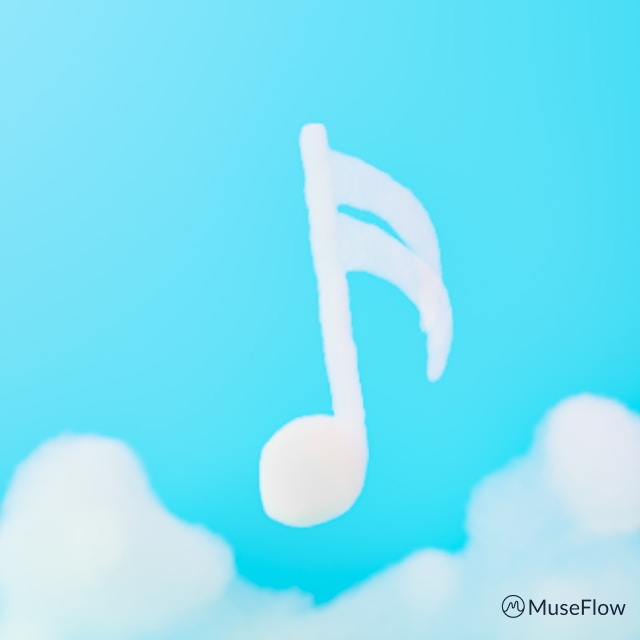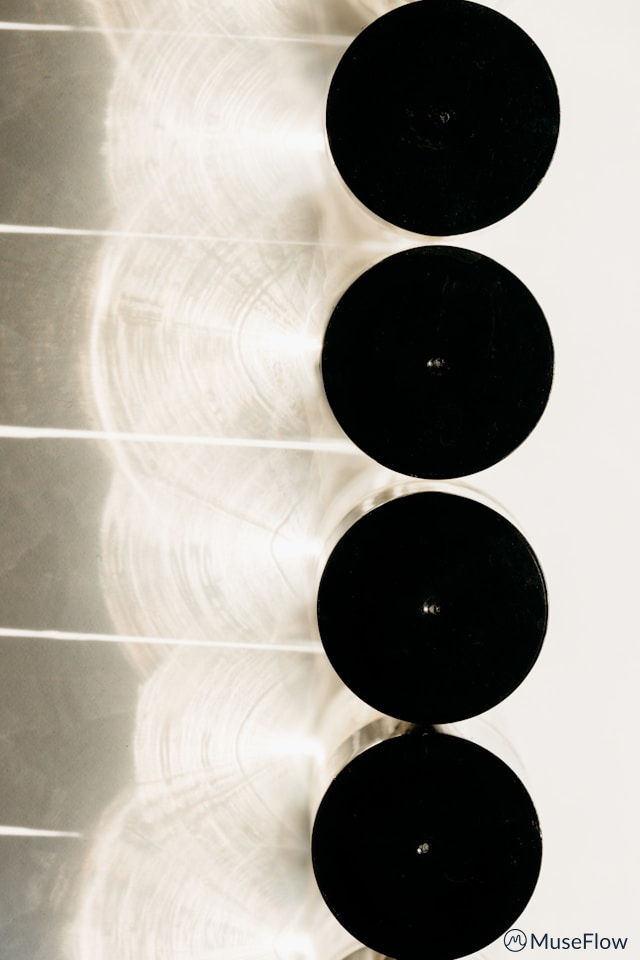What is a MIDI keyboard and how does it work?
MIDI stands for Musical Instrument Digital Interface. It's a standard communication protocol that allows electronic musical instruments, computers, and other devices to communicate and control each other. MIDI doesn't transmit audio signals like a microphone or speaker; instead, it sends information about musical notes: their pitch, duration, volume (velocity), and other relevant parameters.
A MIDI keyboard is a type of electronic musical keyboard that is designed to interface with computers, synthesizers, and other MIDI-capable devices. Instead of making sounds on its own, when you press its keys, it sends information (called MIDI data) to other devices.
Think of it like a remote control for music – pressing keys on the MIDI keyboard sends signals to make music happen on other devices!

Benefits of MIDI Keyboards
Using a MIDI keyboard instead of a normal acoustic piano offers several advantages, particularly in the context of modern music production, composition, and live performances. Here are some common reasons:
- Digital Sound Variety: When hooked up with music production software (such as GarageBand, Logic Pro, Ableton Live, FL Studio, etc.), MIDI keyboards can make an extensive palette of sounds beyond what a traditional piano can produce, from classic piano tones to electronic, orchestral, and experimental sounds.
- Music Production and Composition: MIDI keyboards allow musicians and producers to compose, arrange, and produce music with various virtual instruments and software synths, providing a more versatile and creative environment.
- Portability and Size: MIDI keyboards are generally more compact and portable than acoustic pianos, making them easier to transport and suitable for musicians on the go or those with limited space in home studios.
- Connectivity: MIDI keyboards can easily connect to computers and other MIDI-compatible devices, expanding the possibilities for collaboration and integration with different music production tools.
- Expressive Control: MIDI keyboards often come with features like velocity sensitivity, aftertouch, and modulation wheels, allowing musicians to add expressive nuances to their performances. These features enhance the dynamic range and emotional expressiveness of the music.
- Cost: Acoustic pianos, especially high-quality grand pianos, can be expensive and require regular maintenance. MIDI keyboards are generally more cost-effective and offer a wide range of features for a lower price.
- Recording and Editing Capabilities: MIDI data recorded from a MIDI keyboard can be easily edited in music production software after recording. This provides flexibility in adjusting the timing, pitch, and other aspects of the performance, offering a level of precision and control that is not possible with acoustic recordings.
While traditional acoustic pianos have their unique charm and are irreplaceable in certain contexts, MIDI keyboards cater to the demands of contemporary music production, technology integration, and the diverse creative needs of musicians. The choice between a MIDI keyboard and an acoustic piano depends on the specific goals and preferences of the musician.

MIDI Keyboards vs. Electronic Keyboards vs. Digital Pianos
The terms "MIDI keyboard," "electronic keyboard," and "digital piano" are often used interchangeably. They all refer to very similar products, but with slightly different characteristics. Let's clarify the distinctions:
Electronic Keyboard:
The term “electronic keyboard” is the broadest category, which includes both digital pianos and MIDI keyboards. It simply describes any keyboard that does not produce its sound naturally like an acoustic piano does, but rather by digital means (either through built-in speakers or by sending MIDI data to another device, which in turn produces sound).
Electronic keyboards often come with different built-in sounds, such as piano, organ, strings, and more, but they don’t have to. They may or may not have MIDI capabilities.
MIDI Keyboard:
What''s a Midi Keyboard? A MIDI keyboard is a type of electronic keyboard designed specifically for sending MIDI data to other devices. It does not produce sound on its own. They generate MIDI data when keys are pressed, and this data is sent to external MIDI-compatible devices (usually a computer or tablet) to produce sound.
Digital Piano:
A digital piano is a type of electronic keyboard that aims to replicate the sound and feel of an acoustic piano. It is designed to closely mimic the acoustic piano experience, and as such they often look and feel like “standalone” instruments that don’t require any additional equipment. They usually have built-in speakers to reproduce the sound digitally, and will often be designed to look like an upright piano.
Like electronic keyboards, digital pianos often come with a small selection of built-in sounds, and may or may not have MIDI capabilities.
Most electronic keyboards nowadays are built with MIDI capabilities, and thus could be considered “MIDI keyboards.” If a keyboard has a USB port on it, then it is MIDI-compatible. If it’s an older keyboard, it may have the original MIDI five-pin connections instead.

Thanks for reading our article! We at MuseFlow are committed to making music education better and more accessible for everyone. If you’d like to learn more about our mission, click here. And if you’d like to try out our product for free, click below.

MuseFlow is the best way to learn to play a MIDI keyboard. Here’s why:
- It allows you to drop into flow state from the first note.
- The gamification aspects of MuseFlow makes it much more fun to learn.
- The founding team is made up of experts in the fields of music and software development, ensuring that every decision made while building the app benefits either the seamlessness of the experience, or optimizes the learning process.
Got any more questions? Check out the rest of our FAQs or email us at info@museflow.ai, we’re happy to help!
.svg)












